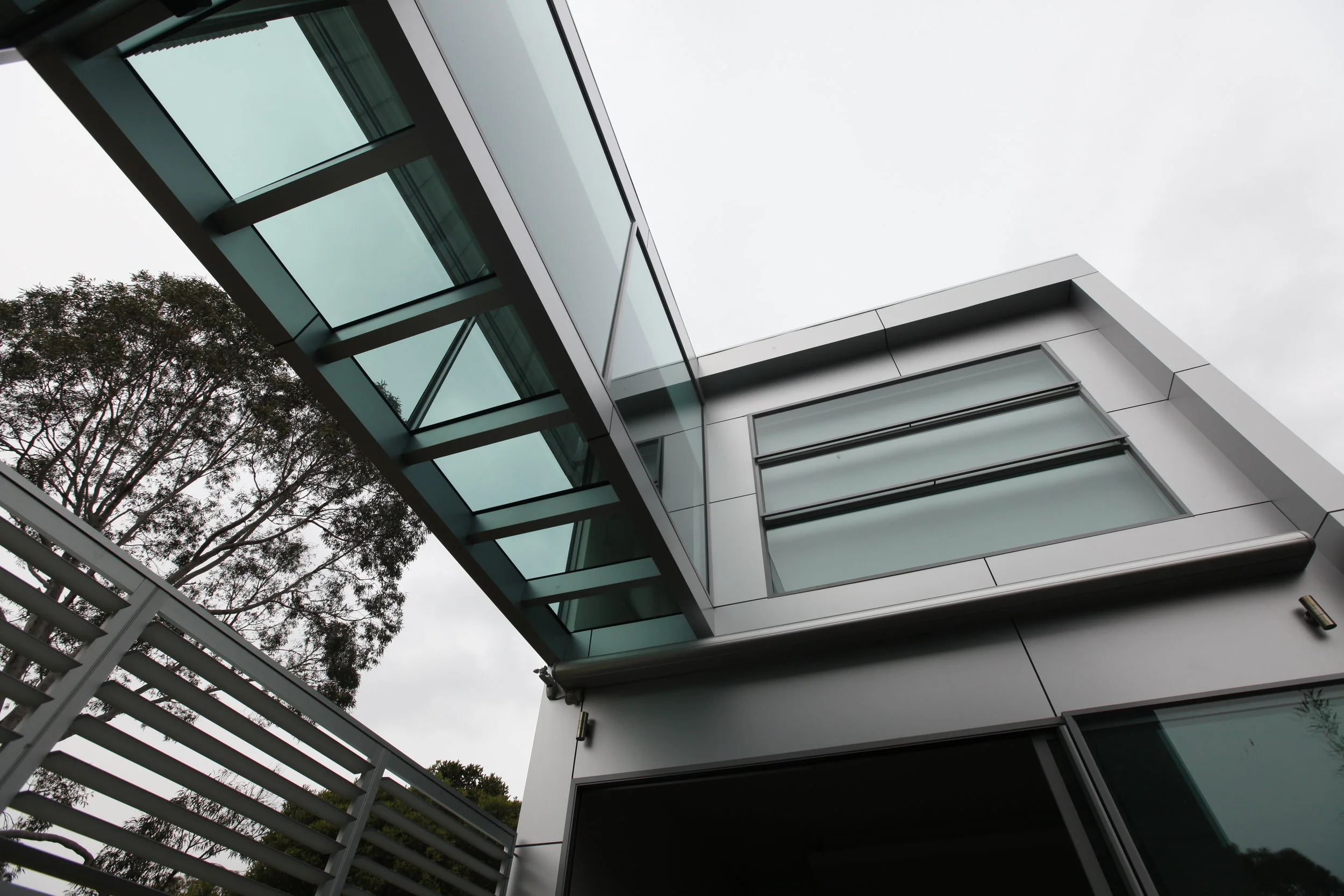When you break it down, Architects and Building Designers actually perform remarkably similar roles. The key distinction relates to their formal qualification and registration process. While an architect MUST have a tertiary degree and registration with a nation-wide governing body, the regulatory process for a Building Designer in Victoria is basically the same as an Architect.
Architects will typically be more expensive than building designers. Contrary to popular belief, this isn’t necessarily because they’re carrying out vastly different or more complex tasks and responsibilities.
Rather, it can be viewed as a logical by-product of the additional years invested in study. Think of it this way - if you had to obtain a costly 5+ year university degree and gain practical experience in the field before you could even register as an architect, it would make sense that you’d want your fees to be commensurate with this time/financial investment.
But ultimately, whether or not there is a significant cost difference between the two will depend on the scale of your project, as well as the specific qualifications and experience of the design professional in question.
Like any industry, no professional will have the exact same qualifications and on-the-job experience. In some cases, a higher cost will translate into a higher level of expertise - but not always!
The most important thing when making the decision to work with any design professional is to DO YOUR HOMEWORK.
Firstly, start by clarifying your own project scope and budget.
· What are your non-negotiables?
· What are you looking for in a designer?
· How complex is your project?
· What time or financial constraints do you need to work within?
Then you can turn your attention to choosing your design professional. Whether you choose an Architect or a Building Designer, it’s essential that you get to know them and their work before making a final decision.
Research their experience and qualifications, and whether they comply with the relevant regulations in your state or territory. Double-check their credentials by contacting your state Architecture board or local building authority. Ask to see their previous projects. Enquire about their design process. Understand the scope of their role - that is, how involved they will be in each stage of your project.
Have a look at their social media presence and some of their recent work.
Ask to see finished projects, and request walkthroughs if possible. Digital media is a now an easy way to see existing or completed projects, however nothing beats the real thing.
Perhaps most importantly, consider whether you ‘gel’ well with them from a personal perspective. Think this sounds airy fairy? Think again. A building design project can often span many months and the best partnerships between business owner and building design professional will depend on communication, trust and a shared vision.
Consider the types of projects your potential designer has worked with on in the past. Is there an area of design that they’re most passionate about? What motivations, inspirations and personal experience form their professional practice?
Like any life decision, the best results come from really understanding what’s important to you and your project.
The design and building process, although complicated and lengthy, should be an exciting and painless process for all involved if run properly. To construct a new home or make alterations to an existing dwelling is a big decision, which should not be taken lightly.
A good practice should be able to adapt and cater to your design brief, and work with you to achieve your desired result. Many Designers/Architects will take the project on and ignore your design brief. Your project becomes their project, and the essentials of your brief and budget can be missed.
Like anything in life, selection of the right people will ensure your venture is an enjoyable and exciting one. Selecting the right person/practice to design and document your project is an essential part of this process, and can make or break your project.

